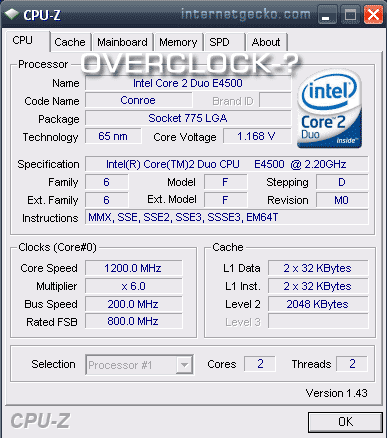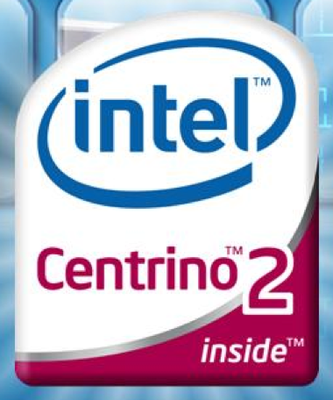Google Knol was officially launched is out of its beta state. Knol - the word means a unit of knowledge. Google defines Knol as an authoritative article about a specific topic. All articles written in knol is verified by authorities in the topic before publishing. This makes Knol a trustable unit of Knowledge.
Knol is widely regarded as Google's attempt to beat Wikipedia. I am a huge fan of Wikipedia. But the fact that anyone can edit the contents of Wikipedia reduces its accuracy. It is said that there is a 1% factual error in every major article written in Wikipedia. This chance of error increases with less important topics. This is where Knol comes in use. Even though anyone can write a Knol, it is not published until it is verified by an authority in the topic.
There are a few hundreds of topics presently there at Knol. But being a Google product, it is very likely that it will keep increasing exponentially in future. None of the Google products had been a failure. Even though Google ads will be present in Knol, Google says that it will be minimum and content will be given sole importance.
Google Knol
You can Join Knol here or you can just Login with your Google account like any other Google services
Knol is widely regarded as Google's attempt to beat Wikipedia. I am a huge fan of Wikipedia. But the fact that anyone can edit the contents of Wikipedia reduces its accuracy. It is said that there is a 1% factual error in every major article written in Wikipedia. This chance of error increases with less important topics. This is where Knol comes in use. Even though anyone can write a Knol, it is not published until it is verified by an authority in the topic.
There are a few hundreds of topics presently there at Knol. But being a Google product, it is very likely that it will keep increasing exponentially in future. None of the Google products had been a failure. Even though Google ads will be present in Knol, Google says that it will be minimum and content will be given sole importance.
Google Knol
You can Join Knol here or you can just Login with your Google account like any other Google services


 nt tools and virtualization software comes in the software part which enables the server administration and ensures proper and maximum server utilisation.
nt tools and virtualization software comes in the software part which enables the server administration and ensures proper and maximum server utilisation. 
 be programmed to produce a colour variations in a LED on the SPOT(a handheld device available with the kit).
be programmed to produce a colour variations in a LED on the SPOT(a handheld device available with the kit).